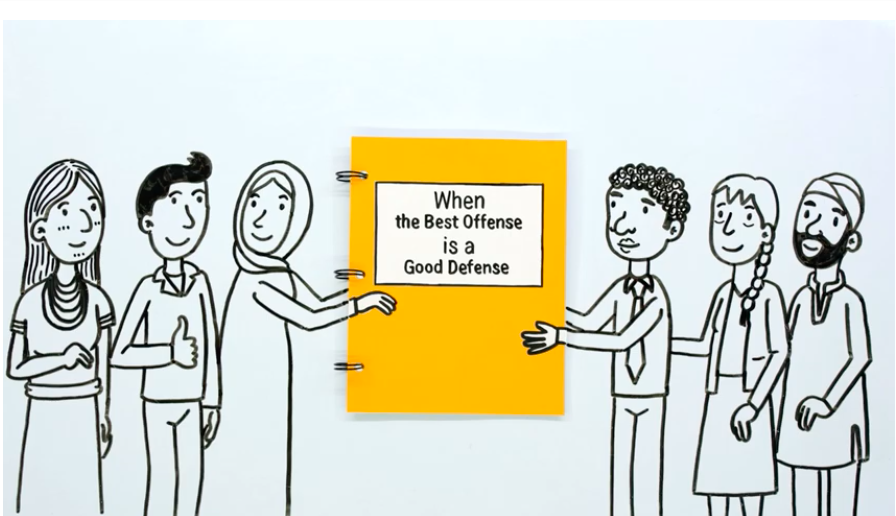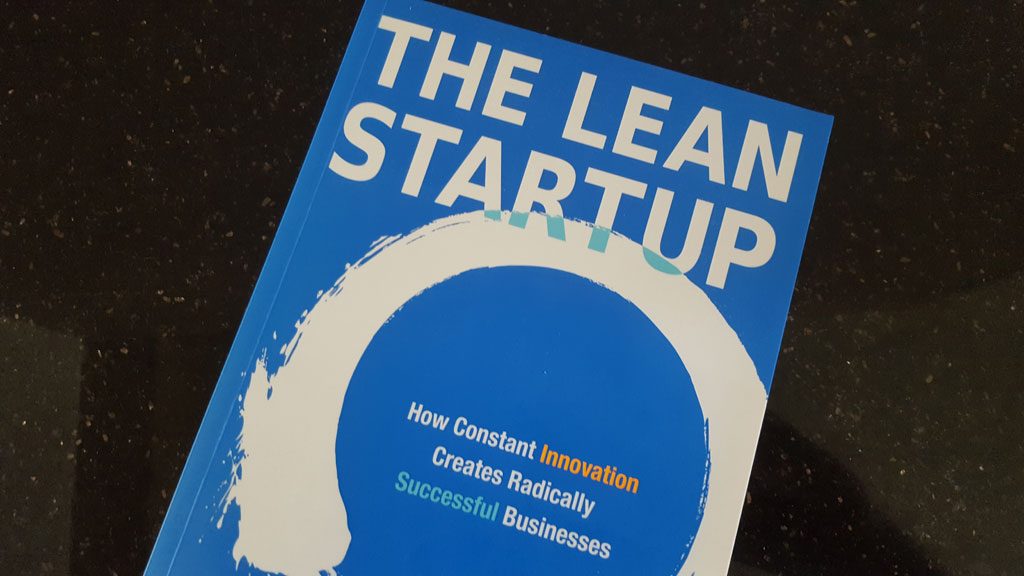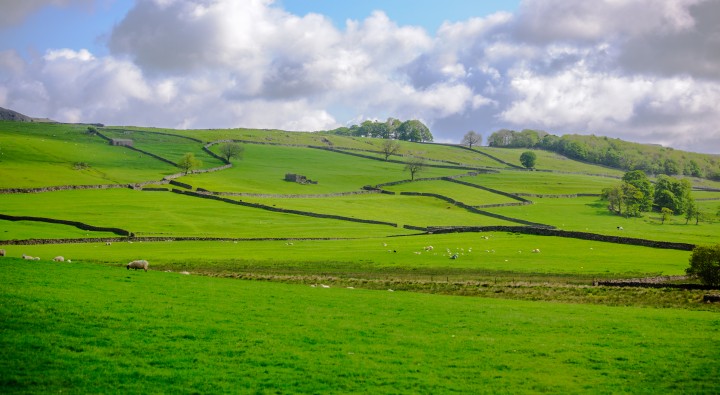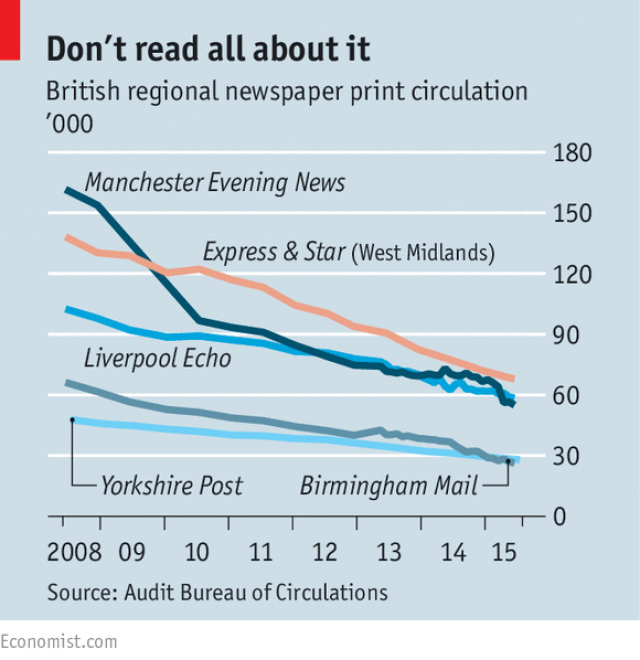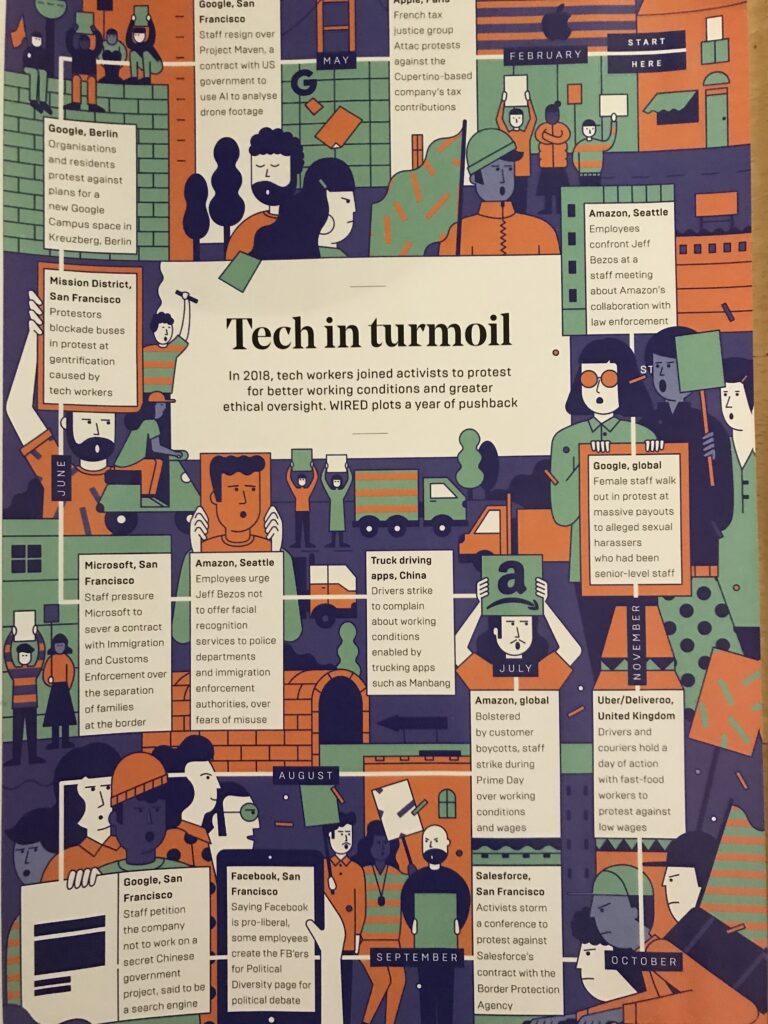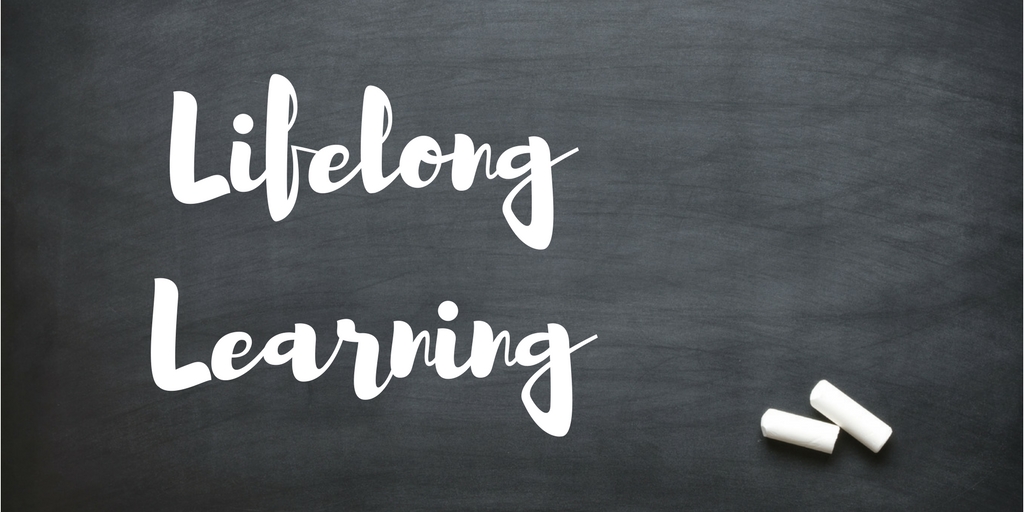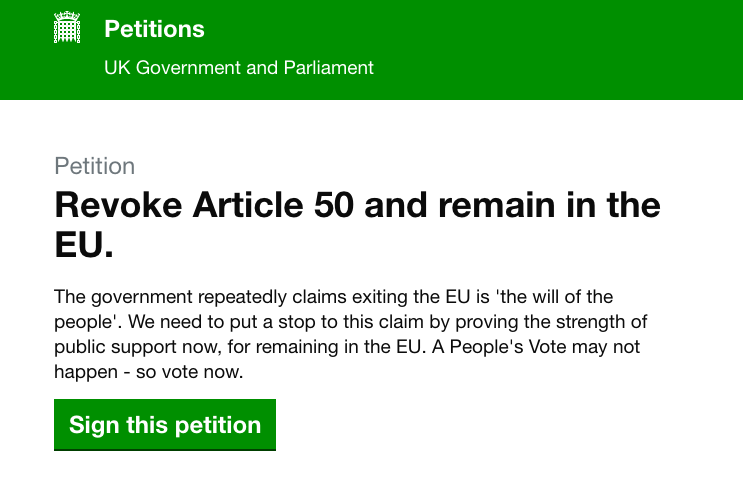I’m not sure when the General Election is going to be, if we’ll leave the EU by the end of October, who’ll form the next Government.
Politics is unpredictable at the moment, and like most campaigners, it can be hard to look up from preparing for the next key moment or just keeping up with the latest twist and turn in our current political saga.
Take a step back, and I’ll make one prediction.
Whatever happens in the next few months, when we’ve passed through this current period of uncertainty we’re not going to be returning to politics as it was.
So what does that mean for campaigners, and what are some of the new norms that we’ll need to respond to in our campaigning?
- Uncertainty in UK politics is the new normal – Forget predictable election timetables and long periods of government with the same minsters in the same post. It’s time to start to prepare for uncertainty – fragile coalitions, changing ministerial teams, picking up or abandoning policies at a moment’s notice and MPs swapping parties could become the new normal.
What’s does that mean for planning, as this note about how to approach strategy from the team at Firetail outlines, it’s time to move away from just doing strategic planning which is based on certain assumptions with strategic thinking with an emphasis on insight, adaptation, responsiveness, innovation, and creating synergies. - An electorate split along new dividing lines – we’ve often worked on the assumption that the electorate splits either economically right and left or between those who hold different perspectives on social issues so that you could plot most voters into these four quadrants of the Political Compass.
To win, campaigners needed to find a way of building power within that dynamic to secure change, but the evidence suggests that now we need to look at a new way of plotting the electorate, with Brexit likely to be at the center of it.
As the graph below, from the NatCen Social Research, shows far more people feel a strong attachment to Remain or Leave that consider themselves to be a supporter of a political party, so that presents new strategic challenges for campaigners thinking about where and how they build power at a time of increased polarisation – although John Harries argues that perhaps this sense of polarisation isn’t as acute as the media might like to argue.

3. The main parties will be even further apart than before – A Conservative Party being influenced by members of the European Research Group, and the well-reported growth of Labour Party membership under Jeremy Corbyn with a more active role in setting party policy, coupled with lots of retirements at the next election (whenever it happens) it’s likely the partisan make-up of our political parties will mean that they’re even more entrenched in their positions.
That might create both opportunities for campaigns, as can be seen in this article by the impact of grassroots organising within the Labour membership have had on advancing Labour policy agenda on issues like the Green New Deal, four day week and free personal care for the elderly.
But for those campaigners who’ve sought to ensure their issue holds cross-party support from both politicians in both parties that could present new challenges at a time when there could be fewer politicians looking to occupy it.
4. A decline in civility at the heart of how we do politics – this blog outlines some of the trends that we’re seeing that have not simply crept into our common political life, but seem to increasingly dominate it – from the promotion of conspiracy theories to the increasing normalisation of dehumanising language and imagery in our political conversations, it’s noisier and uglier out there than it has been, and often increasingly hard to cut through with considered and balanced content.
And the implications of this aren’t just that it’s harder to cut through, it also means an increasingly hostile atmosphere for those who choose to engage. The result, many decide that they’re less prepared to do that and as this fascinating research from a few years ago in the US shows those who are least engaged in politics are often from those who find themselves in the political middle ground
5. A new role for the judiciary? – perhaps it’s too early to tell but it feels like the focus on the work and role of the Supreme Court over the last few week could mark an important shift in the way and role this institution, which has often been overlooked by those focusing on what happens on the other side of Parliament Square.
Who know if we’ll head in the direction of the US, where the role of the US Supreme Court appears to play a vital role in delivering change, but the role of judiciary has certainly risen in change makers awareness and I sense that the idea of using the courts to challenge or question political decisions feels like it’s not going away.
Campaigners would do well to explore the work of the Good Law Project, which is one organisation looking to uses strategic litigation to deliver a progressive society, including being behind the recent progration ruling in the Supreme Court.
6. Will anyone ever believe in petitions again? Over the last year, we’ve seen some of the biggest petitions on the Parliament petition site, over 6 million people signed to ‘Revoke Article 50 and remain in the EU.’ back in March, and another 1.6 million called on ‘Do not prorogue Parliament’ in September but either have directly led to any policy change.
While it’s easy as a campaigner to sit and write a critique of why those petitions weren’t unlikely to ever be successful, I have this concern. What happens if many of those who did sign believe that this could lead to change – does the failure of a petition to do that further undermine the role of petitions in delivering change, while at the same time raising the bar for what size a successful petition needs to be?
In short, if the largest petition in recent UK history can’t be successful, can any petition be expected to be?


